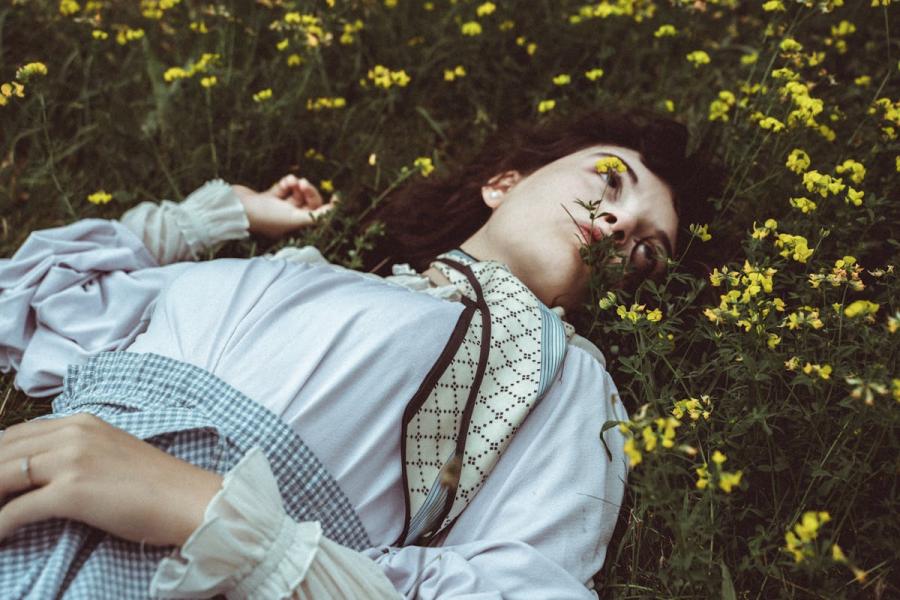A new study on 15 million people shows that mentally ill individuals often choose each other as partners – and that this also affects their children.
Some people feel the need to wash their hands 20 times a day, some due to depression sometimes cannot get out of bed for days. Others find it difficult to control the racing thoughts spinning in their heads - writes Sombor.info.
More than one billion people suffer from mental illnesses. This was reported in a recent statement by the World Health Organization (WHO).
That sounds like a large number. At the same time, this data suggests that the majority of people in the world are mentally healthy.
However, it seems that people with mental illnesses more often associate with others who also have mental illnesses. This is shown by a new study published in the journal "Nature Human Behavior".
Schizophrenia, Depression, Anxiety: Partners Are Often Affected at the Same Time
For their study, researchers examined data from nearly 15 million people. They looked at nine clinical conditions: schizophrenia, bipolar disorder, depression, anxiety, ADHD, autism, obsessive-compulsive disorder (OCD), substance abuse, and anorexia.
If one partner was diagnosed with one of these nine disorders, the likelihood was significantly higher that the other partner would also be diagnosed with a mental illness. Often, it was the same illness.
"You might think that if someone is anxious or depressed, they would look for a partner who is stable and provides security," says Robert Plomin, professor of behavioral genetics at King’s College London, who did not work on the study. "But the exact opposite is true!"
One limitation of the study, in his opinion, is that you need to check the appendix to determine how strong the correlation really is. This is unusual and somewhat unfair, says Robert Plomin. Nevertheless, the effect is stable, and the number of people studied gives weight to the research. 15 million people – that’s quite impressive, he says.
Similar Results in Europe and Asia
The first indications that mentally ill individuals tend to associate more often with others who are also mentally ill appeared in the 1960s. However, the studies conducted at that time were mostly small. Only less than ten years ago was the first larger study carried out, although it examined only people from Northern Europe.
In this study, the team led by population and genetics researcher Chun Chieh Fan from the Laureate Institute for Brain Research in Oklahoma wanted to find out whether this pattern of partner choice exists across different cultures. Therefore, they collected data in three different countries: Denmark, Sweden, and Taiwan.
"Surprisingly, the similarity patterns were almost identical regardless of the country," says study author Fan.
Differences were found only for obsessive-compulsive disorder, bipolar disorder, and anorexia. In Taiwan, for example, married partners were more likely to both suffer from obsessive-compulsive disorder than in Northern Europe.
Another finding: For most disorders, the probability that partners received the same diagnosis remained stable over decades. This is shown by data from Taiwan, collected over more than 50 years. For substance abuse, the probability even increased. Only for obsessive-compulsive disorder did it decrease.
"And this despite the fact that the healthcare system, politics, and society in Taiwan have significantly changed during this time," says Chun Chieh Fan.
Why Mentally Ill People Often Find Each Other
But why are mentally ill people more often in relationships with those with similar characteristics? There are three reasons: first, they seek someone similar. Second, a shared environment makes them similarly ill. Third, the stigma associated with mental illness limits partner choice.
For some time, it was assumed that the first option is what brings people together, says study author Fan. Accordingly, people choose others with similar characteristics for relationships. In technical terms, this is called "assortative partner choice."
Possible reasons could be that the other person better understands the illness. Or that they share similar positive traits – for example, both may be more creative than other people.
What the study cannot answer is: What came first – the relationship or the mental illness? For this, long-term observation would be interesting, says Robert Plomin.
It also remains unclear: Are mentally ill spouses actually doing well in their marriage? Does a similar mental condition provide a recipe for a good relationship, or does it worsen the illness? Long-term observations are lacking here as well.
In short: The study cannot provide any recommendations for partner choice.
Children Also Suffer (and Become Ill)
However, researchers found that children whose parents have the same illness are twice as likely to develop a mental illness compared to children with only one affected parent.
"Partner choice increases the possibility of passing on mental illness," says Fan. The effect was particularly strong in cases of schizophrenia, depression, bipolar disorder, and substance abuse.
For doctors and therapists, this means taking the family into account in treatment. Partners and children of those affected could also benefit from therapy - writes B92.











